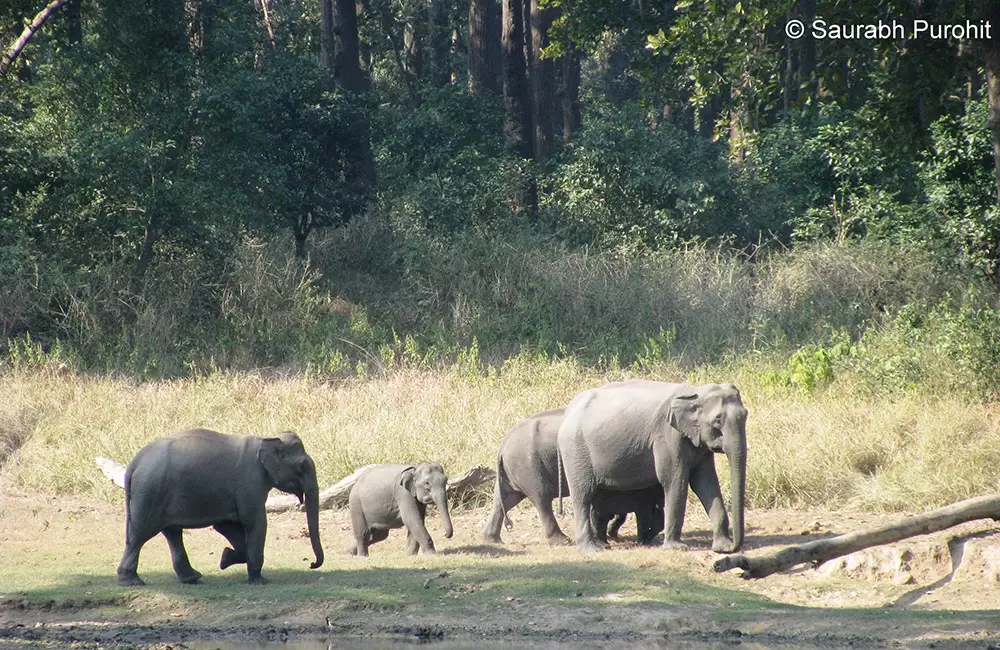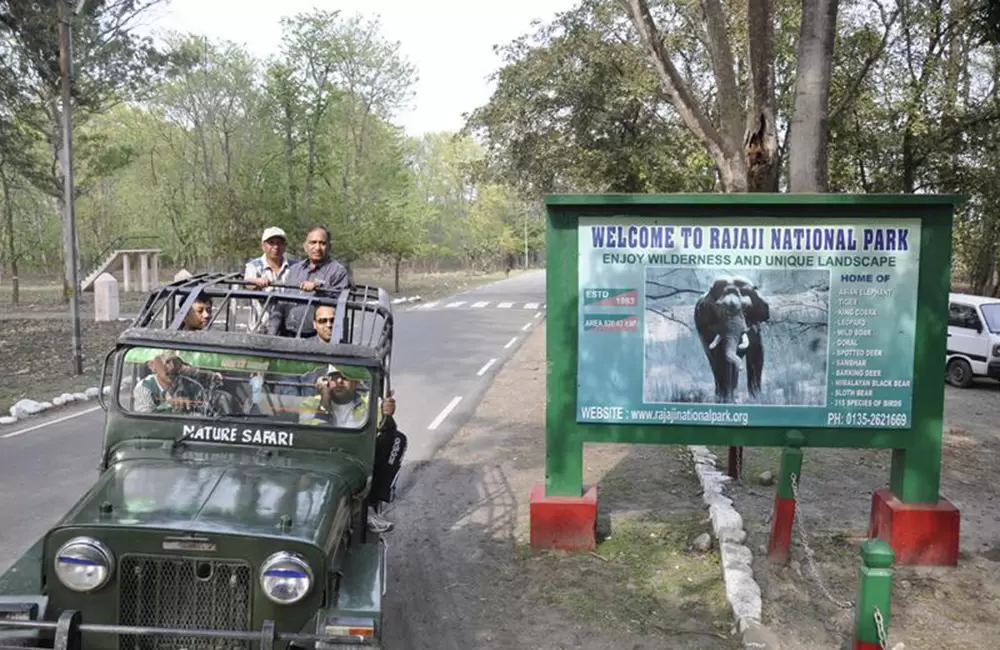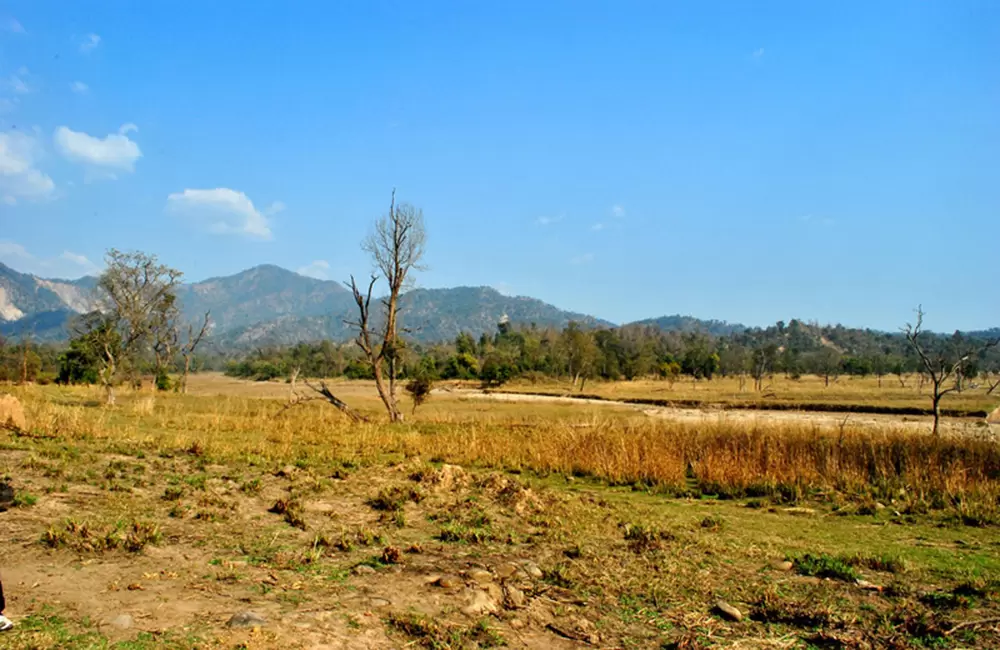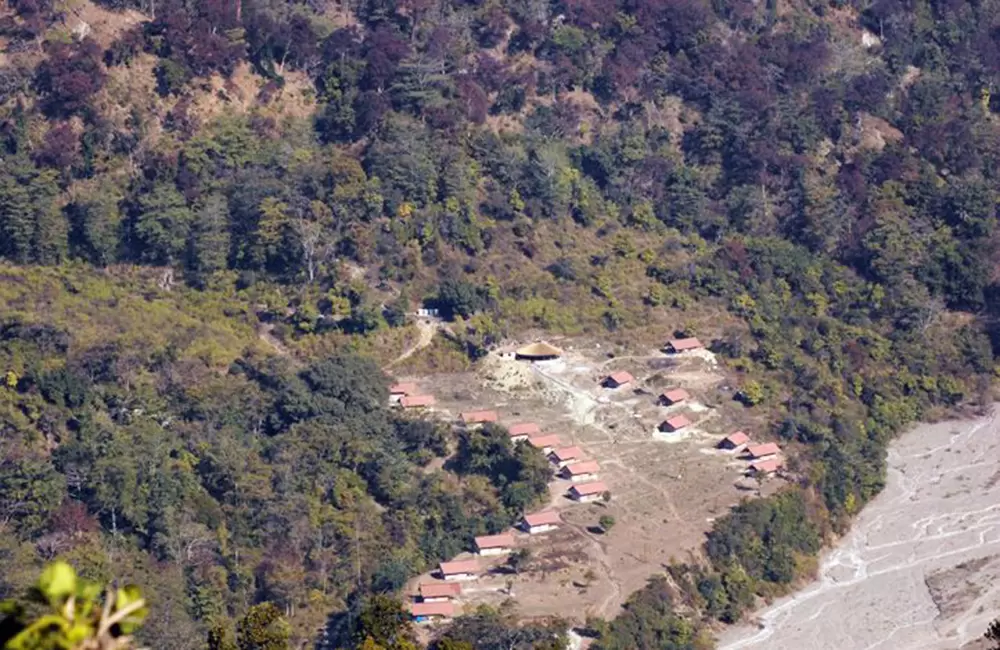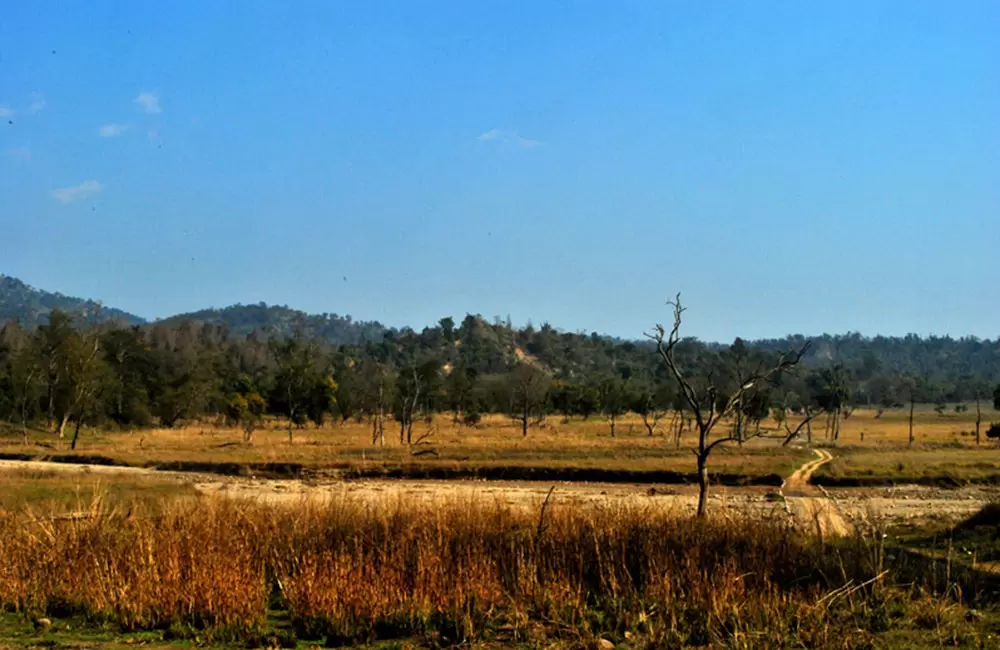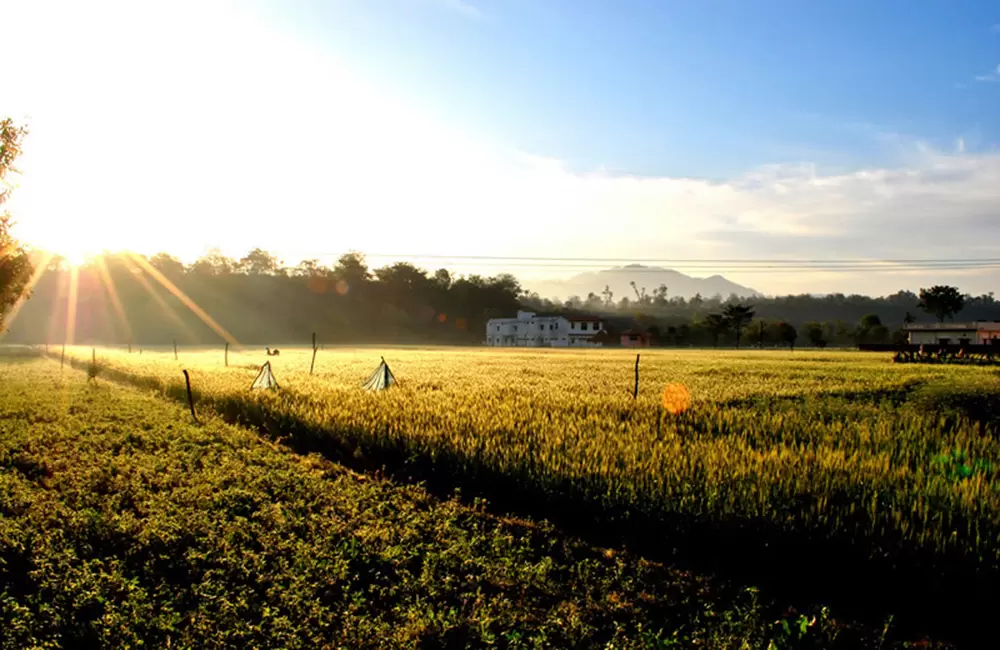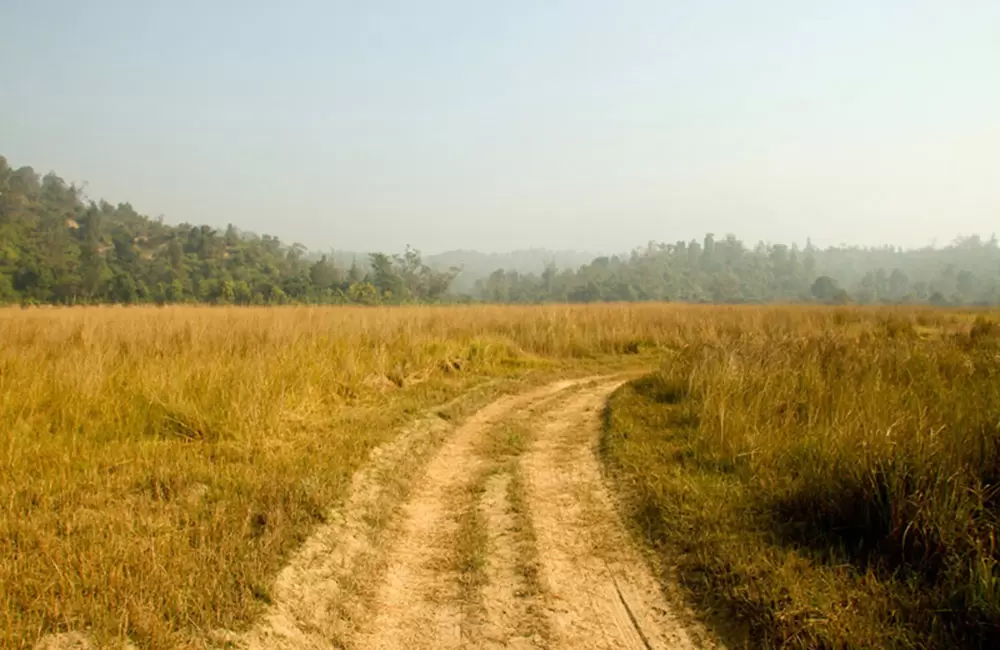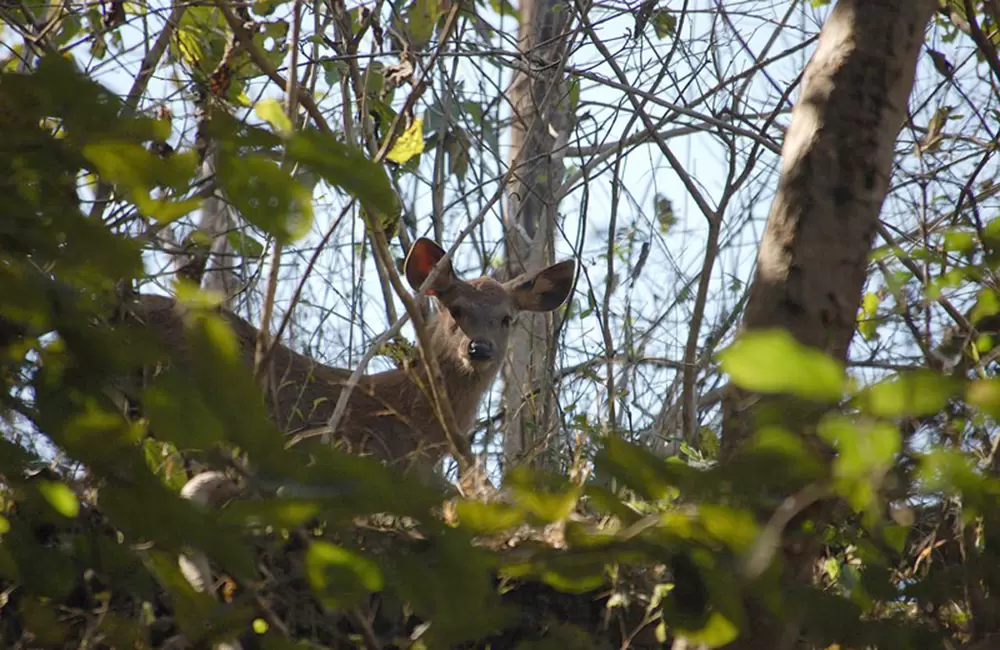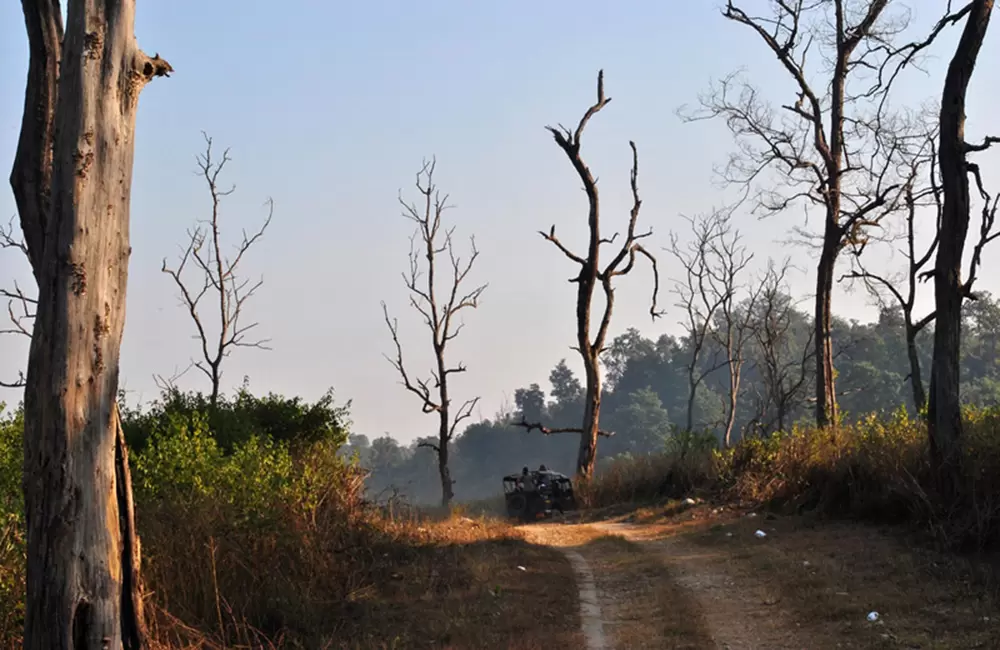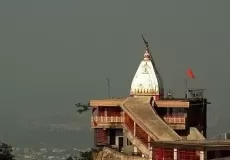Rajaji National Park - Tiger Reserve
The Rajaji Tiger Reserve has received the honor of being the second tiger reserve of Uttarakhand, after the Corbett National Park. Earlier it was known by the name of Rajaji National Park. The tiny hamlet of Chilla about 13 km northeast of Haridwar serves as the base for visiting this reserve. You can pick up a brochure, pay the entry fees and organize an exciting jeep safari from the Forest Ranger’s office, situated close to the tourist guest house at Chilla.
The wilderness of Rajaji has lured many nature lovers, wildlife photographers, and adventure enthusiasts to spend some glorious days amidst the refreshing vistas. Rajaji Tiger Reserve is amongst the popular tourist places of Uttarakhand which is frequented by many local as well as foreign tourists. This naturally abundant place is blessed with scenic surroundings, bubbling rivers, lush green grasslands and scrublands which make it a natural abode.
The park has been created in 1983 by the amalgamation of three sanctuaries - Rajaji Sanctuary and National park (estd. 1948) Motichur sanctuary (estd. 1964) and Chilla sanctuary (estd. 1977). On 20 April 2015 its name has been changed to Rajaji Tiger Reserve.
Rajaji Tiger Reserve Opening Dates and Entry Fees for 2022
Rajaji Safari Booking is open for Jhilmil Zone only with new COVID-19 Guidelines. Chilla, Ranipur zones are closed for visitors but it is expected to open from 15th November 2020.
Dates, Entry Fees and Safari Charges in Rajaji for 2021 Season will be updated soon.
Entry Fees for Indian Nationals: Rs 750 per person
Entry Fees for Foreigners: Rs 1500 per person
Jeep Rate: Rs 1500 per safari and 150 per person.
Note: Like Corbett, two-time day visit facility at Rajaji Tiger Reserve is also available.
Entry Permit, Stay and Gypsy services at Rajaji National Park
Other than this, day and night stay facility at Rajaji National Park is also available. For this, only manually booking option is available. Permit facility to enter in Rajaji and Gypsy facility are available at the Gates of this national park. The forest rest houses in Rajaji National Parks are available at Asharodi, Motichur, Chila, Ranipur and Beri Bada. To stay in forest rest houses, you have to get the permit from Park Director's Office, Dehradun firstly with all the booking formalities.
Safari and Timings of Rajaji National Park
Jeep Safari in Rajaji National Park is conducted in Chila Range and Motichur Range
The park normally opens at 0600 hrs in the morning and is open till about 1100 hrs in the morning. However, tourists who are booked for a full day safari spend the time from 1130 Hrs - 1300 Hrs at any of the rest houses inside the forest and do bird watching. In the afternoon the park timings usually are from 1430 to 1730. Depending on the season the timings change locally which the forest authorities of Rajaji National Park notify.
All the Safari's are booked by the Forest Department and it is completely at the discretion of the forest department. Kindly note Elephant Safari has been prohibited in Rajaji National Park.
Activities in Rajaji Tiger Reserve
Jungle Safari: Rajaji Tiger Reserve is second tiger reserve in Uttarakhand after Jim Corbett and home to myriad species of animals like Bengal tiger, Asian elephant, leopard, sloth bear, Himalayan Black Bear, King Cobra, Jackal, Barking Deer, sambhar, goral to name a few.
Bird Watching: Along with the animals, there are more than 300 species of birds both resident and migratory including great pied hornbill, pied kingfisher, fire tailed sunbird, kingfisher, pheasants and barbers along with several other aviary species are found in Rajaji Region.
History of Rajaji Tiger Reserve
Rajaji National Park has been named after C. Rajagopalachari (Rajaji), a prominent leader of the Freedom Struggle, the second and last Governor-General of independent India and one of the first recipients of India's highest civilian award Bharat Ratna (in 1954). He was also known as "Rajaji".
Flora (Vegetation) in Rajaji National Park
Rajaji National Park contains tropical and subtropical moist broadleaf forests, in particular those of the Upper Gangetic Plains moist deciduous forests ecoregion. The forest ecosystems of the Park are quite varied and diverse. Plants such as shorea, mallotus, adina, terminalia, bridelia, dalbergia, acacia, syzygium and Phoebe are found in the Park.
Fauna (Animals and Wildlife) in Rajaji National Park
Rajaji National Park is predominantly formed from dense green jungles, and this environment forms a habitat for a number of animals. The wild animal species found in the Park include: Asian Elephant, Bengal Tiger, Leopard, Jungle Cat, Striped Hyena, Goral, Indian Hare, Sloth Bear, Himalayan Black Bear, King Cobra, Jackal, Barking Deer, Sambhar, Wild boar, Rhesus macaque, Indian langur, Indian Porcupine, Monitor lizard, Python
Bird Watching in Rajaji Tiger Reserve
It also the bird watcher paradise as there are 315 species of birds are found in the Park. The most prominent avian species include peafowl, woodpeckers, pheasants, Hornbill, kingfishers and barbets, supplemented by a number of migratory species during the winter months. The rivers which flow through the Park harbour species of fish such as trout and mahseer.
Migratory Birds: During winters you can also see many migratory birds which comes here from different parts of the country and overseas. Ruddy Shelduck, Mallard, Red Crested Pochard, Larger Cormorant, Common Pochard, Pintail, Gadwall, Tufted Duck, etc. are some of the water birds that are commonly seen in the Park during winters in Rajaji National Park.
Future Updates on Extension
Under the directives of the Tiger Conservative Authority of India, the Rajaji National Park will be the core area of the Rajaji Tiger Reserve. Around 300 km square area of the Shyampur range of Haridwar forest division and some parts of Kotdwar and Laldhang forest division, that works as a buffer zone will soon be included in the Tiger Project.
Latest news and updates from Rajaji Tiger Reserve
15 Nov 2021: Journey of adventure will start in Rajaji from todayTourists will be able to enjoy jungle safari from today in Rajaji Tiger Reserve and Park. Along with the famous Chilla range among tourists, the gates of all 9 ranges and one unit of the park will be opened on Monday.
Rajaji Tiger Reserve Weather
Check out the Rajaji Tiger Reserve weather report for October
Rajaji Tiger Reserve Weather in October
The minimun and maximum temperature in October in Rajaji Tiger Reserve is 17°C and 29°C respectively. The weather is generally sunny and clear in October and you would feel pleasant throughout the day. Summer Clothes clothes are recommended for Rajaji Tiger Reserve in October.
What is Rajaji Tiger Reserve famous for?
Rajaji Tiger Reserve is famous among tourist as Tiger Reserve, Jungle safari, Bird Watching, Wildlife, Nature, Forest.
Rajaji Tiger Reserve is recommended destination for Corporates, Couples, Foreigners, Groups.
Rajaji Tiger Reserve is popular destination for following activities/ interests - Adventure, Bird Watching, Emerging Destinations, Safari, Tiger Reserve, Weekend Getaway, Wildlife Tourism.
